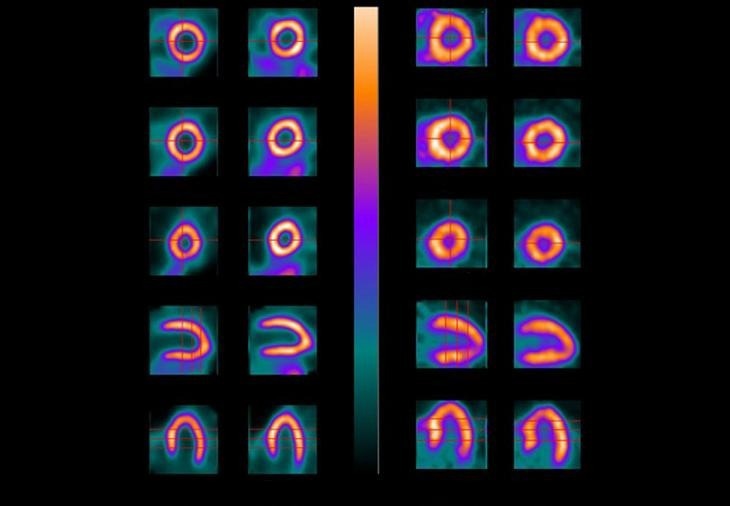Monitoring the stannous tin (Sn(II)) content in technetium-99m (99mTc) radiopharmaceuticals is essential for quality control. Differential pulse polarography is a straightforward, interference-free, and sensitive technique for this analysis mentioned by the IAEA (International Atomic Energy Agency) Technical Report Series No 466 as analysis method. Metrohm Application Note AN-V-219 describes the analysis for a cold kit for preparation of sodium pertechnetate (99mTc) injection.

Image Credit: Metrohm Middle East FZC
Technetium-99m (99mTc) radiopharmaceuticals are widely used as imaging agent in diagnostic procedures. The Technetium-99m is usually obtained as pertechnetate. For further usage, the Tc(VII) is usually reduced to the desired oxidation state, which is required to form the nontoxic, stable organic complex, used in diagnostic imagining. Stannous tin (Sn(II)) is the typically applied reducing agent.
As too low amount of Sn(II) can result in inadequate reduction of the pertechnetate, a minimal Sn(II) content is required. Furthermore, too high Sn(II) contents can have a detrimental effect on the active organic complex.
Compared to iodometric titration, polarography is insensitive to other reducing agents, ensuring an interference-free analysis of stannous tin in the mg/L levels. To learn more about the method download our free Application Note AN-V-219 on this analysis.